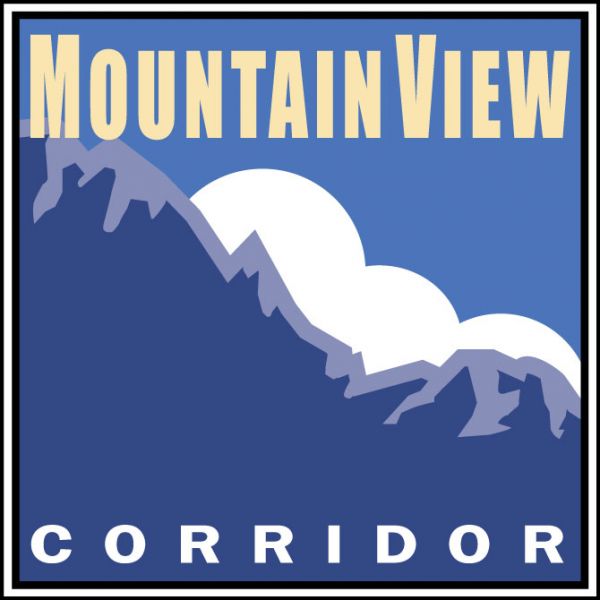Multilevel Rail Coach Interior Design Optimization
New Jersey Transit (NJ TRANSIT) sought to determine, based on customer preferences, the best interior-attribute bundle to incorporate into over 200 multilevel rail coaches that were to be procured. In order to enable NJ TRANSIT to make informed decisions regarding customer preferences for the interior attributes of these rail cars, RSG designed and implemented a…
Mountain View Corridor Environmental Impact Statement (EIS)
Western Salt Lake County and Utah County are anticipating enormous growth and projected local and regional transportation demand. To address these concerns, the Utah Department of Transportation looked to prepare an environmental impact statement (EIS) for the “Mountain View Corridor.” RSG helped to develop this EIS by providing toll modeling expertise and enhanced the regional…
Half Dome Cables Visitor Use Measurement and Modeling
The hike to the summit of Half Dome is among the most iconic and popular backcountry excursions for visitors to Yosemite National Park. The culmination of the hike involves ascending the last 400 feet of Half Dome via a cable system. Recent accidents involving fatal falls from the granite dome caused concern about safety on…
Intelligent Transportation Systems Planning and Deployment
Mount Rainier National Park (MORA) accommodates more than one million visitors annually, and experiences intensive visitation during summer months. During peak periods of visitation, visitors must wait in long lines of traffic to enter the park and have difficulty finding places to park their cars once they enter the park. The park’s General Management Plan…
The Effect of Smart Growth Policies on Travel Demand
The Smart Growth Area Planning (SmartGAP) tool was developed as part of the of the SHRP 2 C16 project, “The Effect of Smart Growth Policies on Travel Demand” to provide transportation planning agencies with improved tools and methods for more accurately and comprehensively integrating transportation investment decision-making with land development and growth management (smart growth…
Understanding Urban Goods Movement
RSG was part of a team that developed a guidebook and case studies to help improve public planning, policy and design decisions affecting goods movement in urban settings. RSG’s work included conducting case studies of “best practices” from around the world and distilling them into practical and usable guidance. The guidebook and case studies help…
Travel Model Improvement Program (TMIP) Program Support and Outreach
The Travel Model Improvement Program (TMIP) is a program within the FHWA Office of Planning that conducts research, provides technical assistance, and delivers training to local, regional, and state transportation planning professionals. TMIP works to advance travel modeling capabilities and support transportation professionals as they respond to current and future challenges. TMIP is guided by…
NEPA (National Environmental Protection Act) Travel Forecasting Guidance
A successful National Environmental Policy Act (NEPA) process requires defensible land-use and travel forecasts to supply information for purpose and need, alternatives analysis, and environmental impacts. While technical guidelines for producing forecasts for projects had been documented by others, guidance had not been provided on the procedural or process considerations in forecasting. Acknowledging this, the…
Williston-Essex Network Transportation Study (WENTS)
The Chittenden County Regional Planning Commission (CCRPC) commissioned the Williston-Essex Network Transportation Study (WENTS) — a “Network Management Plan” for implementing a mutually supportive set of strategies to enhance access, mobility, safety, economic development, and environmental quality within the Burlington, Vermont region. This study was initiated to determine the best set of multimodal improvements to…
Transit On-Call Travel Forecasting
RSG is currently on retainer with UTA to provide specialized travel forecasting support on an as-needed basis as UTA plans and expands its transit system. RSG’s most recent responsibilities involved forecasting the demand for a light-rail extension to Draper, Utah, and a transit network optimization study. Our staff had previously successfully produced the forecasts for…
Strategic Goods Movement Network Plan
The fast-growing Region of Peel, Ontario, which includes some of the highest volume freeway segments in North America, sought to identify a strategic network of goods movement routes to support its logistics-based economy. The Region’s goal was to facilitate efficient, seamless connections across goods movement modes (e.g., truck, rail, air, water) and major economic activity…
Airline Pricing Strategy
A major commercial airline was considering bundling convenience features with ticket fares to complement its basic “no-frills” offering and capture greater market share. By bundling ancillary features/benefits, such as free checked baggage, lounge access, and priority boarding, the airline hoped to earn additional revenues from those passengers willing to pay for such services and features….












